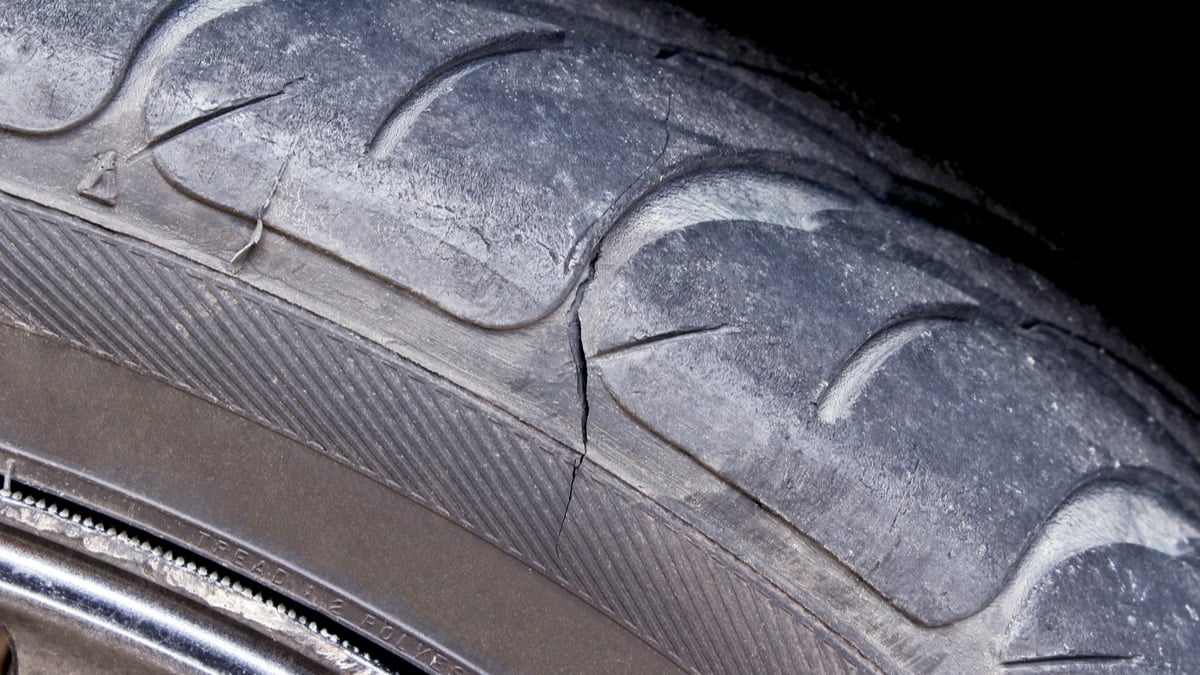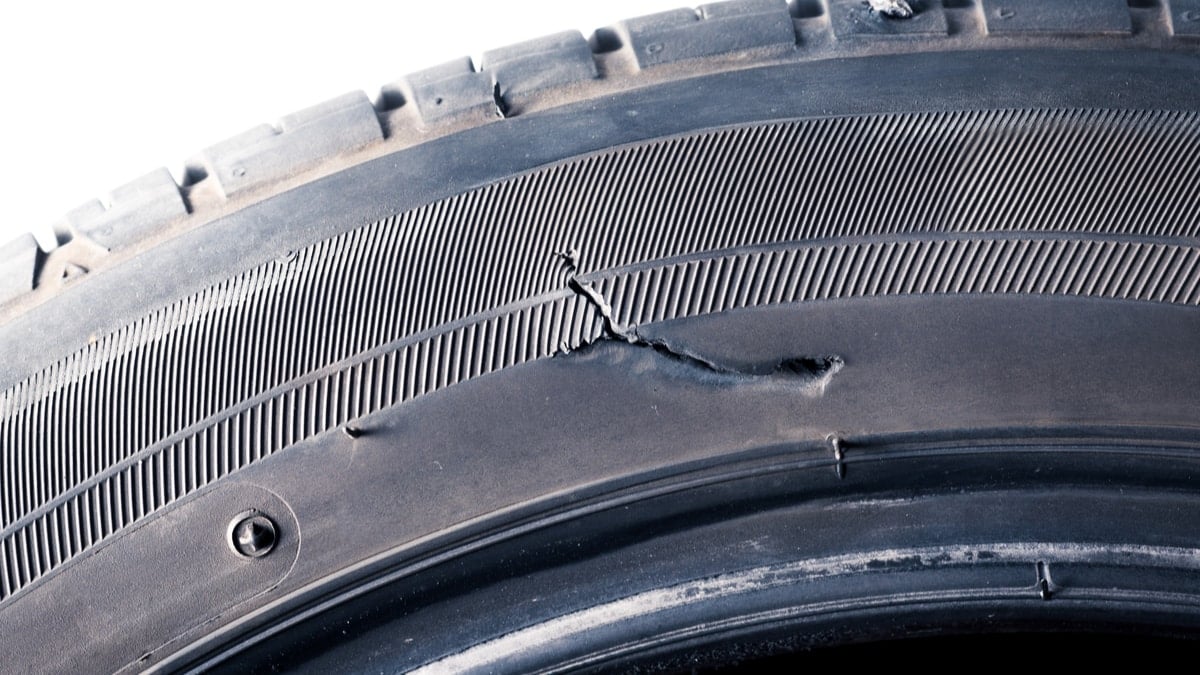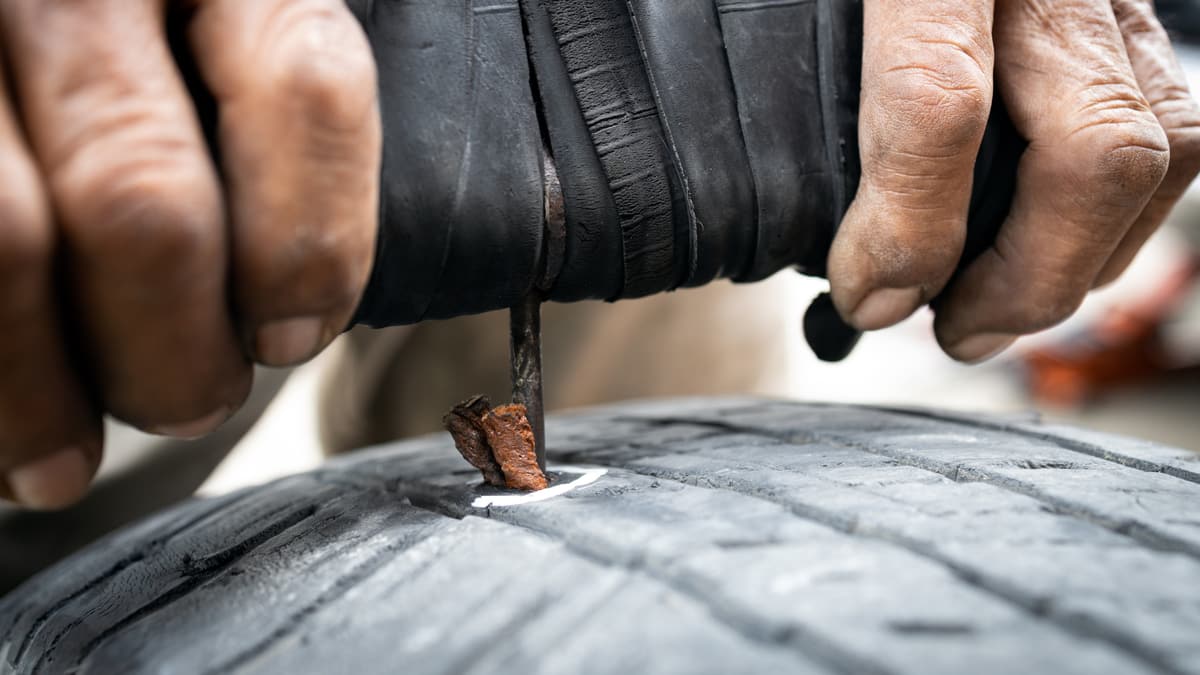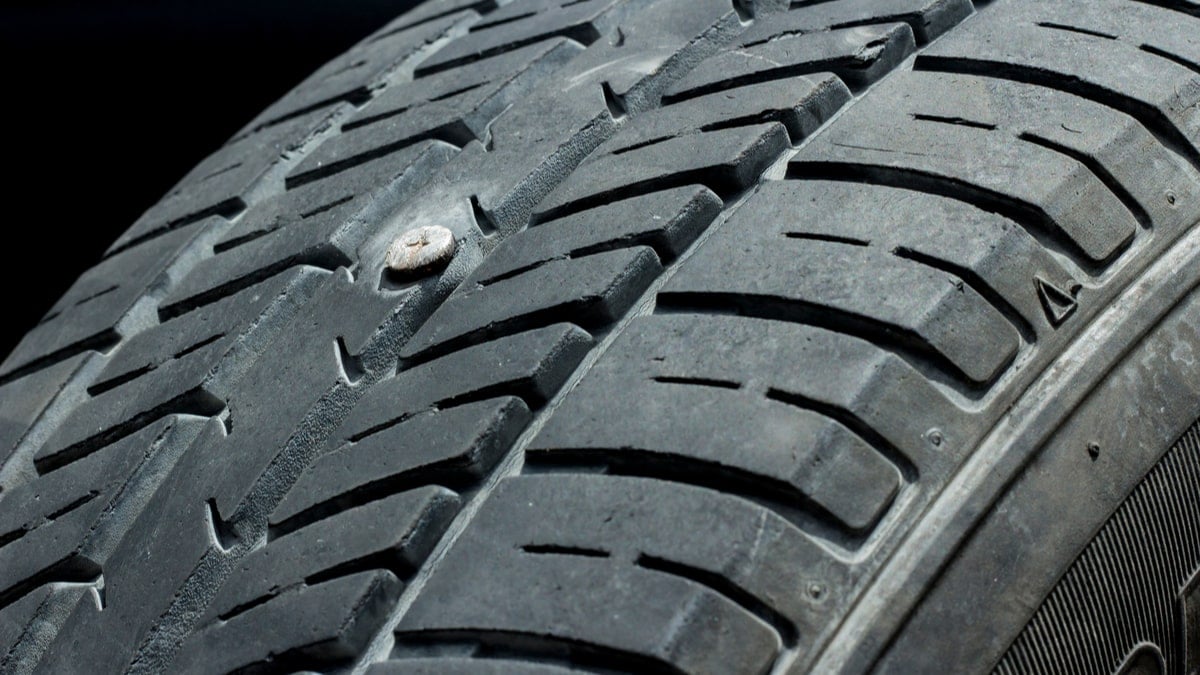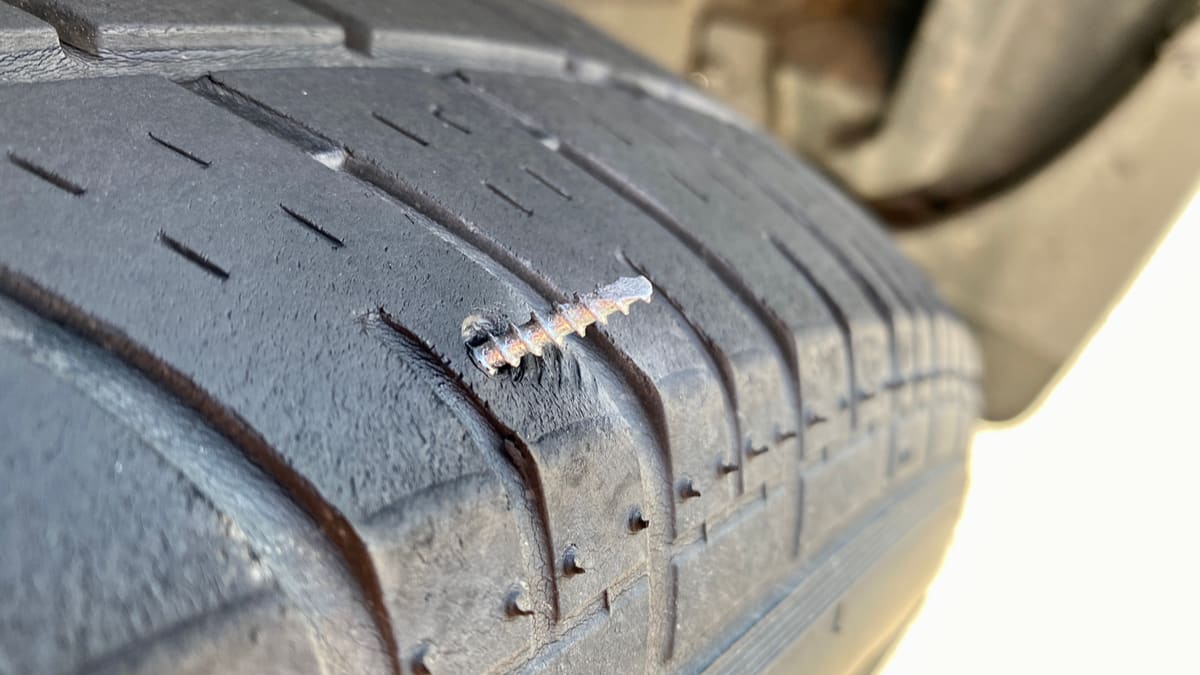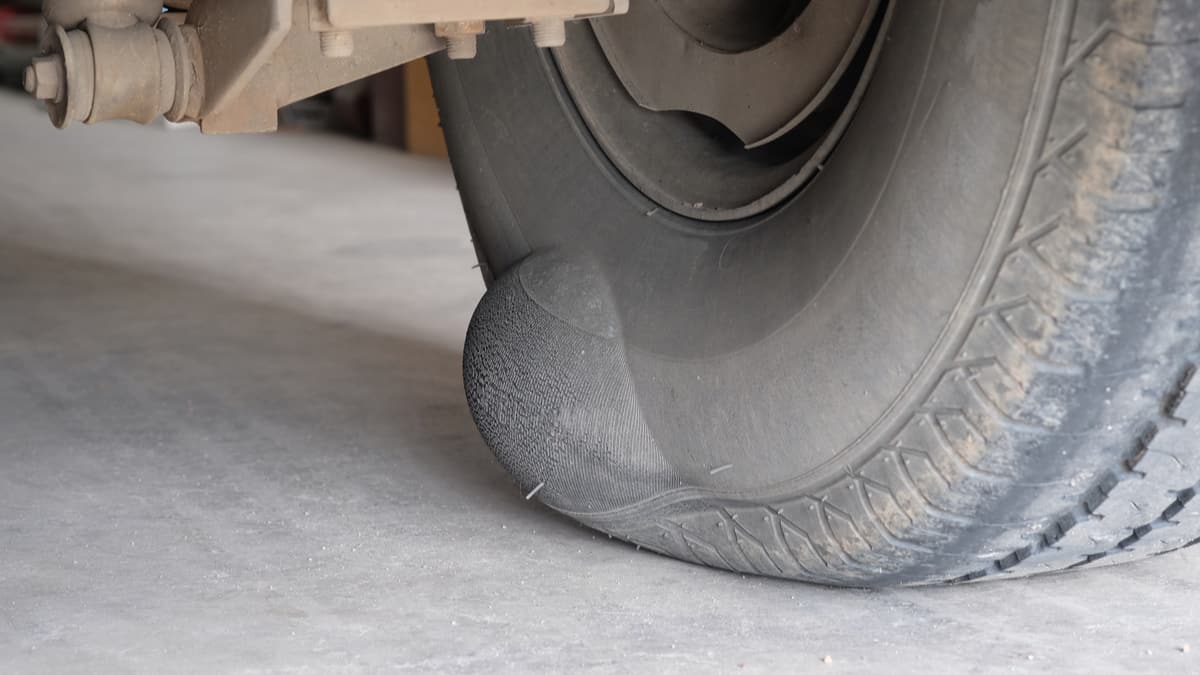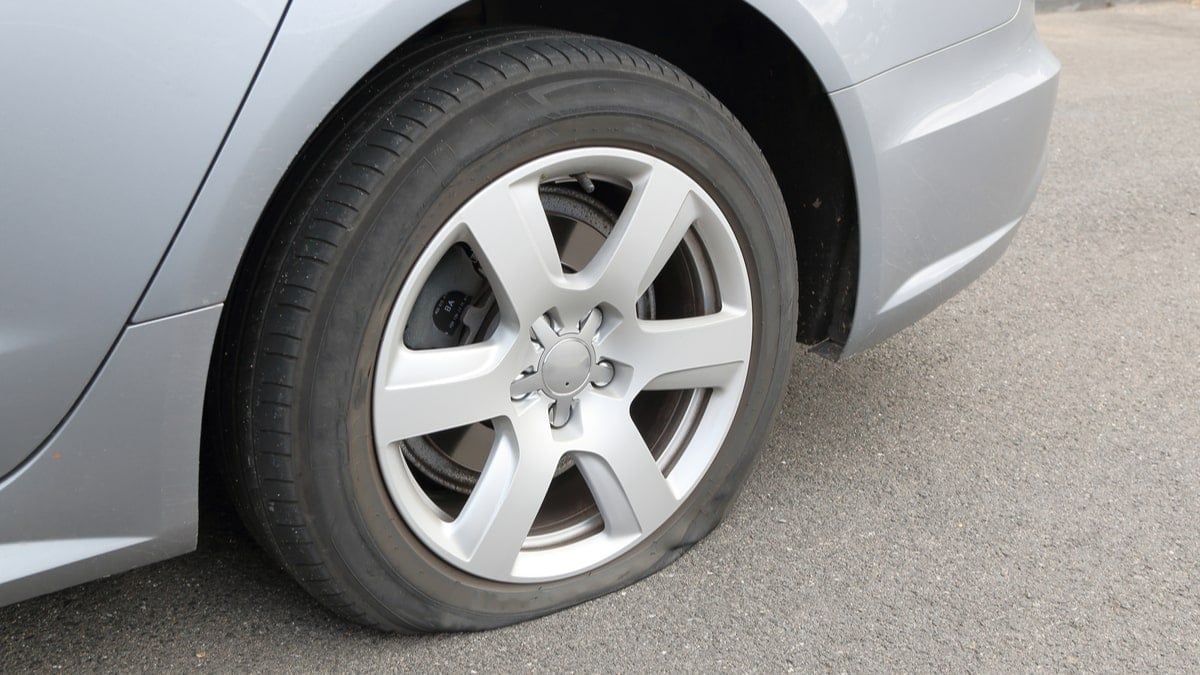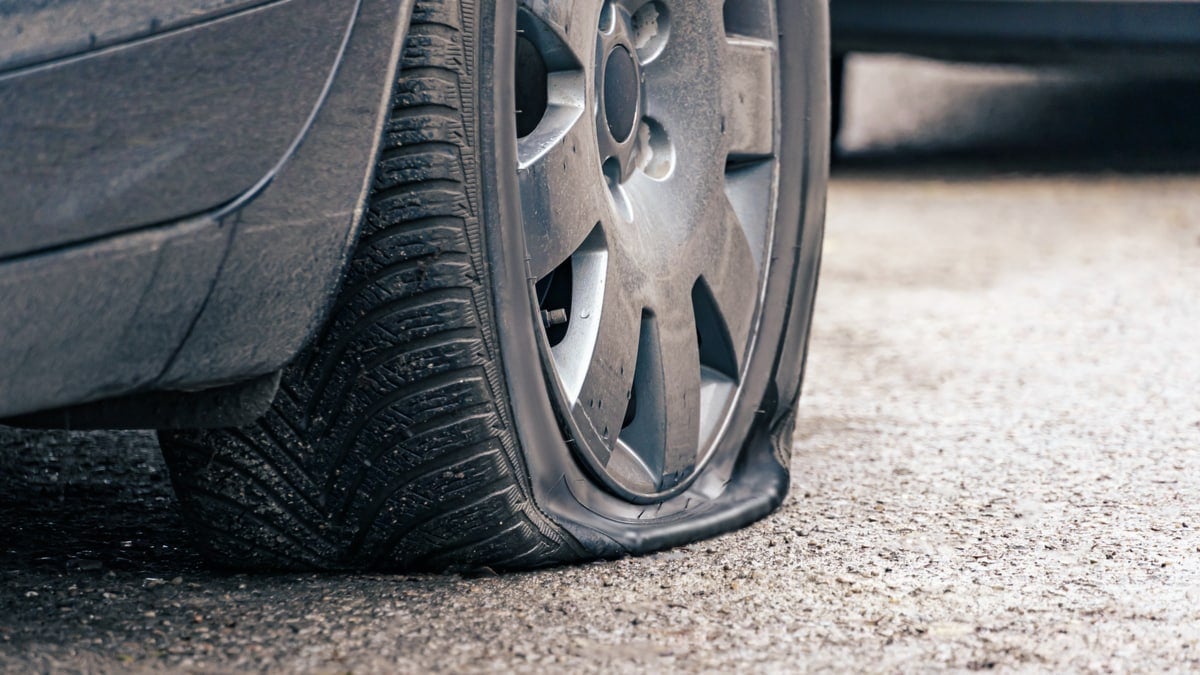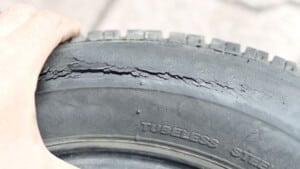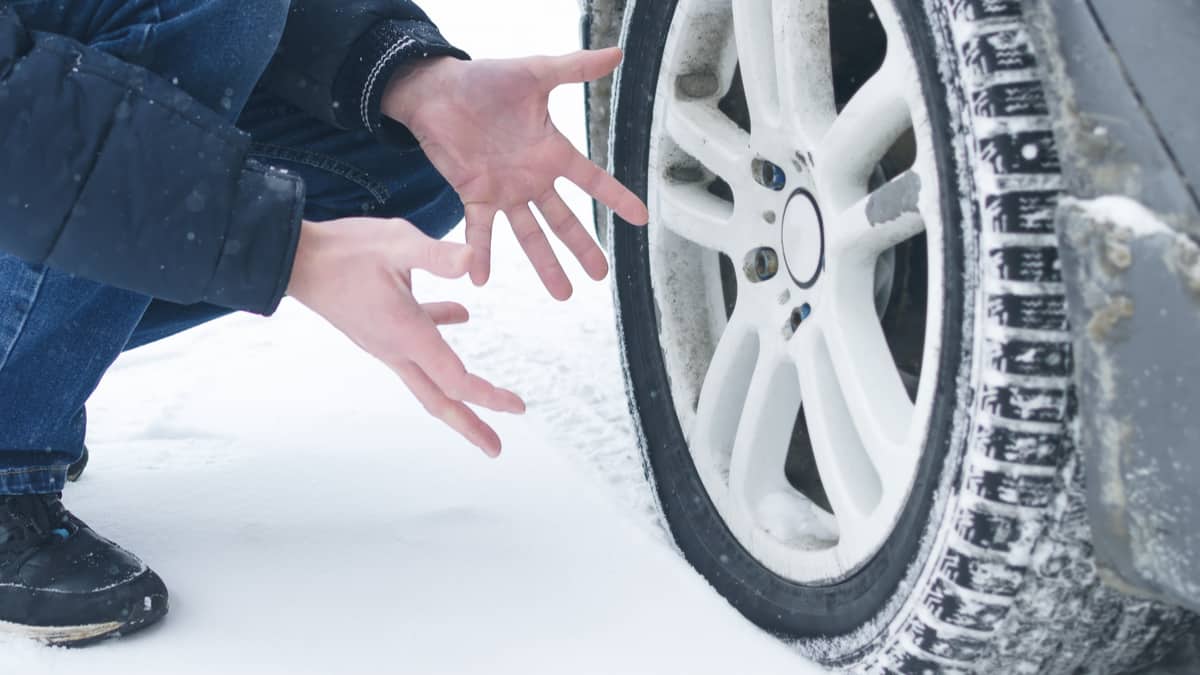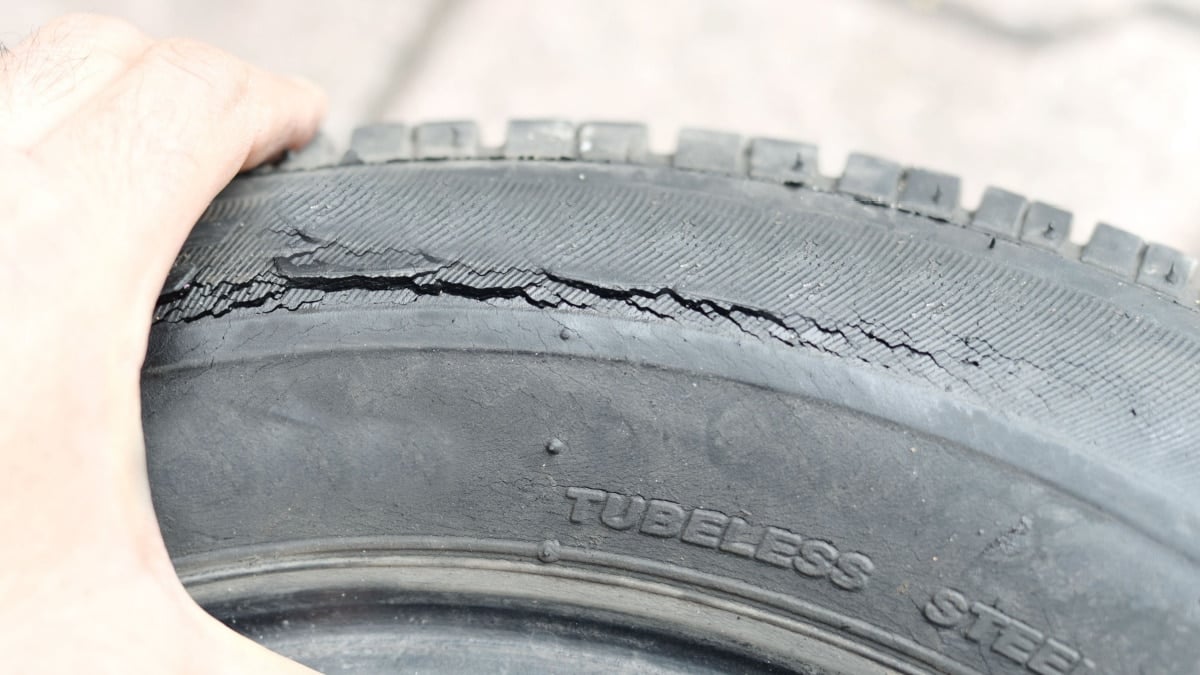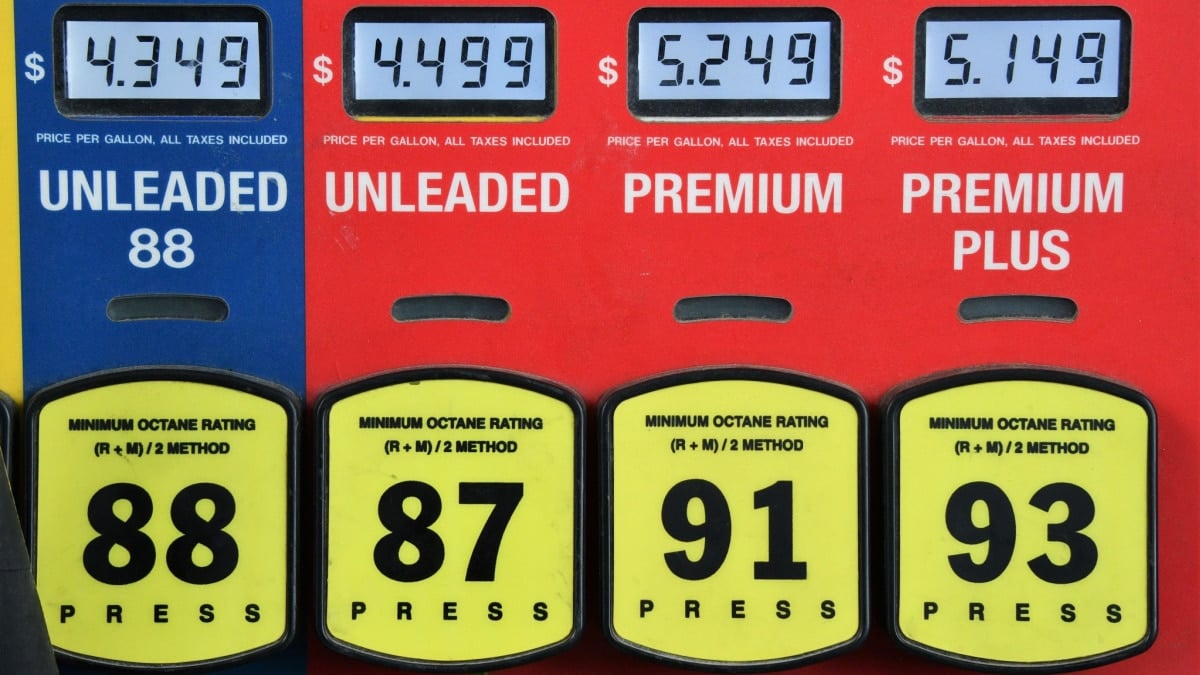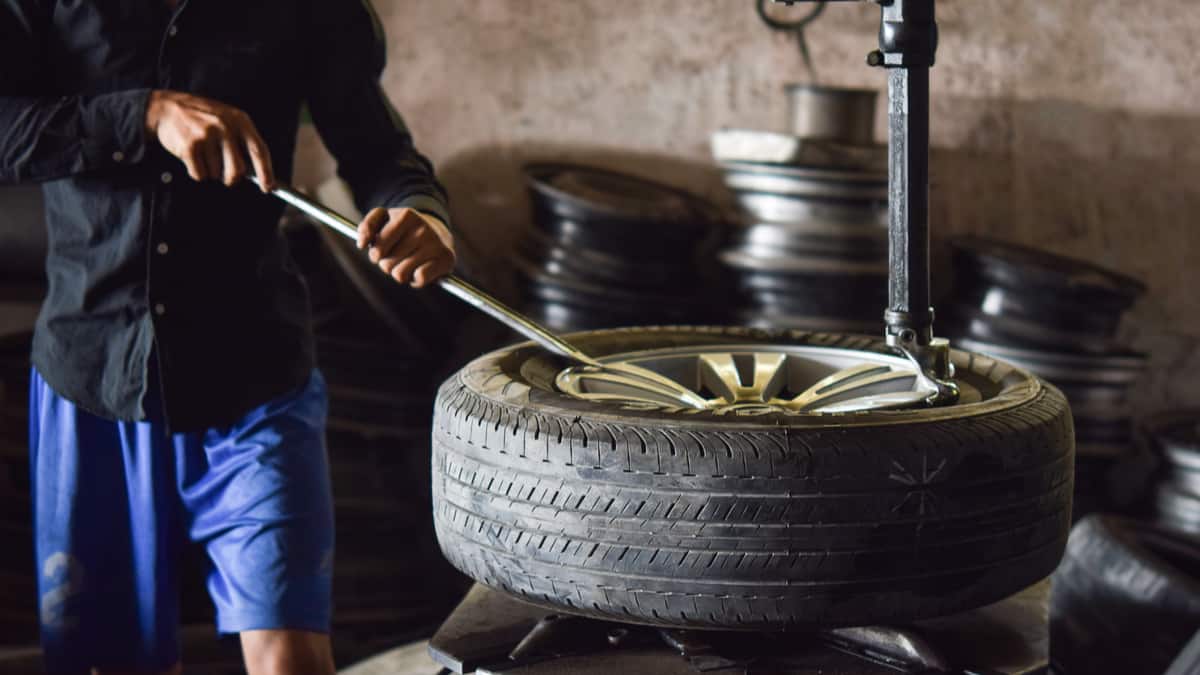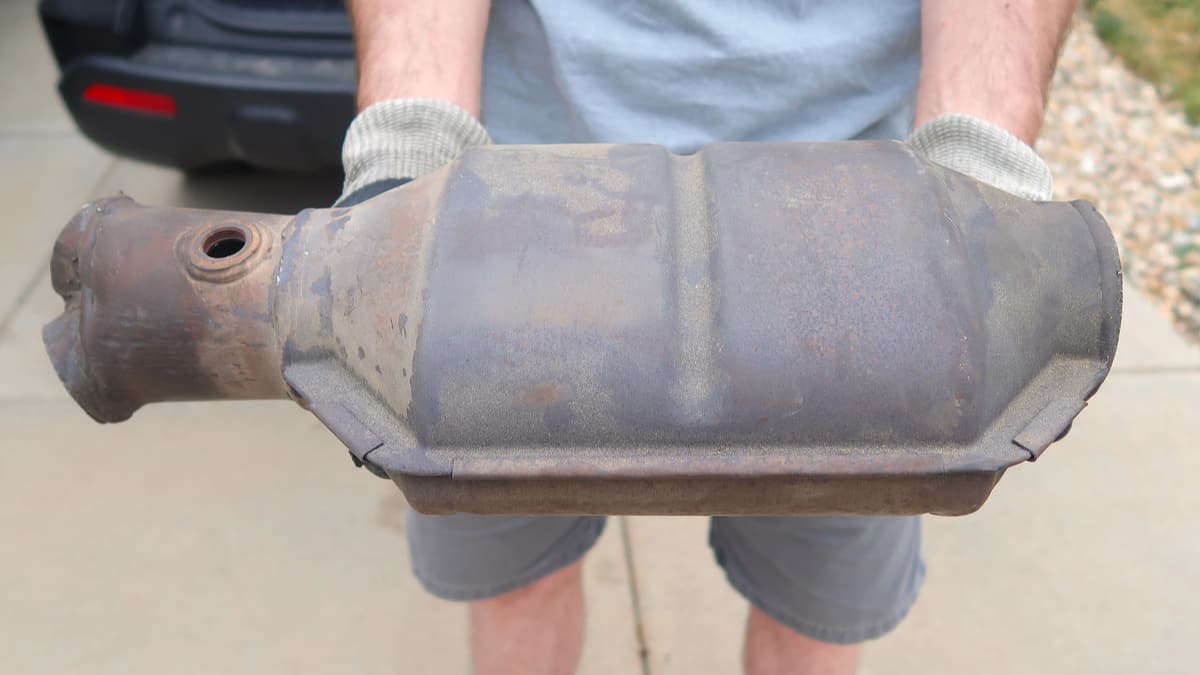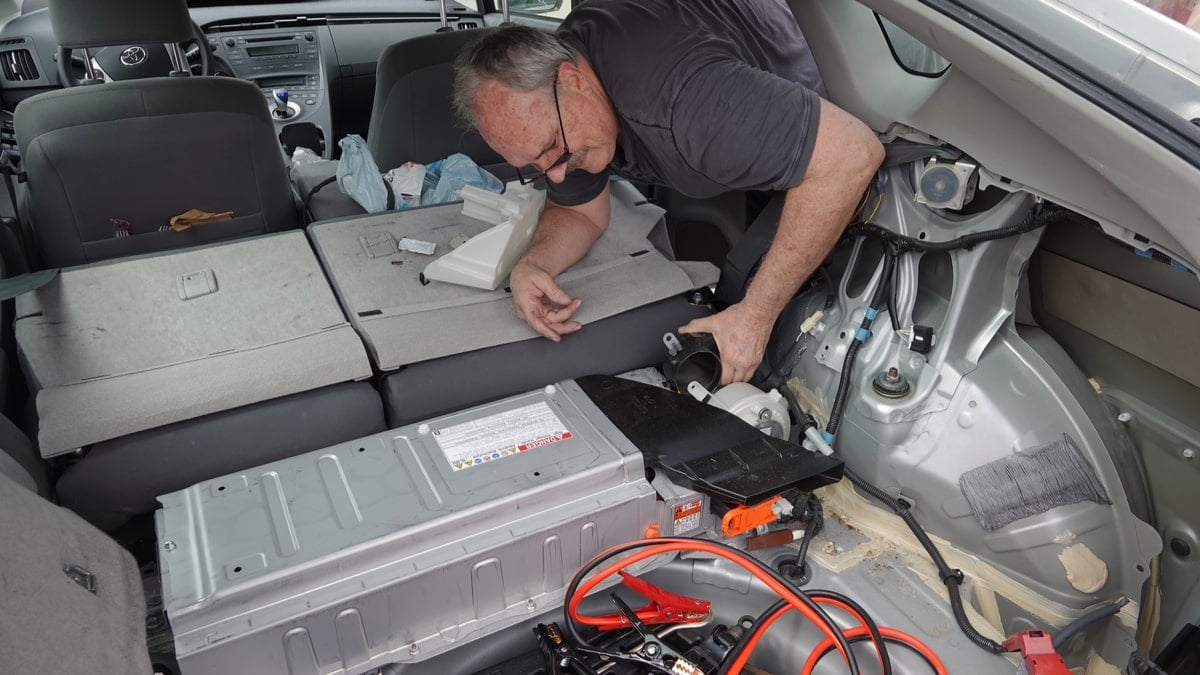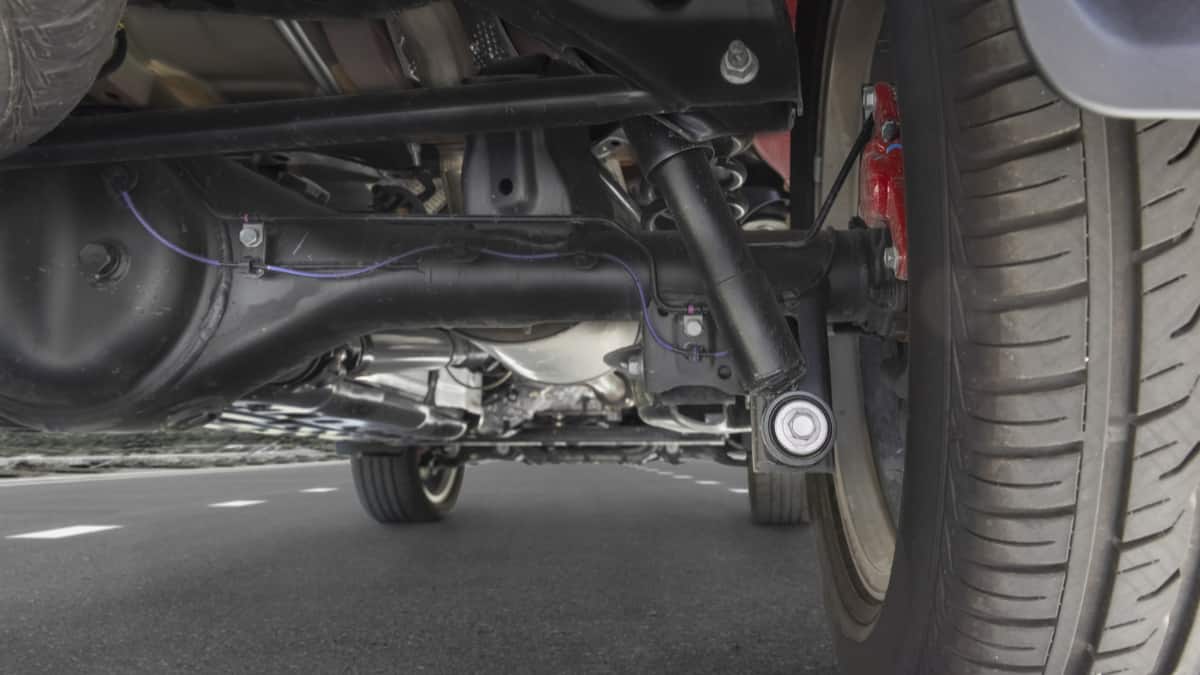If you’re like most drivers, you probably don’t give much thought to your car’s tires until there’s a problem.
And while a tire blowout or flat may be the most obvious indication that it’s time for a new set of rubber, other types of damage can also signal the need for a replacement.
One such type of damage is sidewall wear or damage. So, what is tire sidewall damage, and when should you replace a tire because of it? Read on to find out.
What Is A Tire Sidewall Damage?
A tire sidewall damage is exactly what it sounds like; damage to the tire’s sidewall, meaning the damage is on the side of the tire and not the tire tread. Damage to the tire’s sidewall is not repairable in most cases.
You can often spot tire sidewall damage by seeing a deep scratch or a bubble on the tire’s sidewall. This can come from a small accident or if you drove too close to the road’s curb.
It can also happen because of sticks or other sharp things along the road. Tire sidewall damage is really bad to drive around with, and we explain why below.
Is it safe to drive on a tire with sidewall damage?
No. Tire sidewall damage is not safe to drive with. The sidewalls of the tires are much more sensitive than the tread area. In many cases, the damage affects the whole structure of the tire, and it can cause it to blow at any moment.
This also depends a little bit on how big the scratch or damage is. If the scratch is small and super-shallow and does not reach the threads, it is probably not something you should worry too much about.
How much tire sidewall damage is too much?

A rule of thumb for determining how much tire sidewall damage is too much is that if you can see the threads in the damage, it is definitely time to replace the tire.
The threads are often located 1/8″ to 3/16″ (3mm to 4.5mm) into the tire, but to more clearly determine if you need to replace the tire or not, you need to look at the damage itself.
If there is an air-bubble on the tire’s sidewall, you need to replace it straight away because there is a big risk that it will blow at any moment.
To be sure that nothing serious will happen to the tire, you should let an expert look at the damage.
Find a repair shop that is not selling tires and ask them. If you go to a repair shop that sells tires, it is likely that they will try to sell you new tires, even if you do not need any.
Can You Repair a Tire Sidewall Damage?
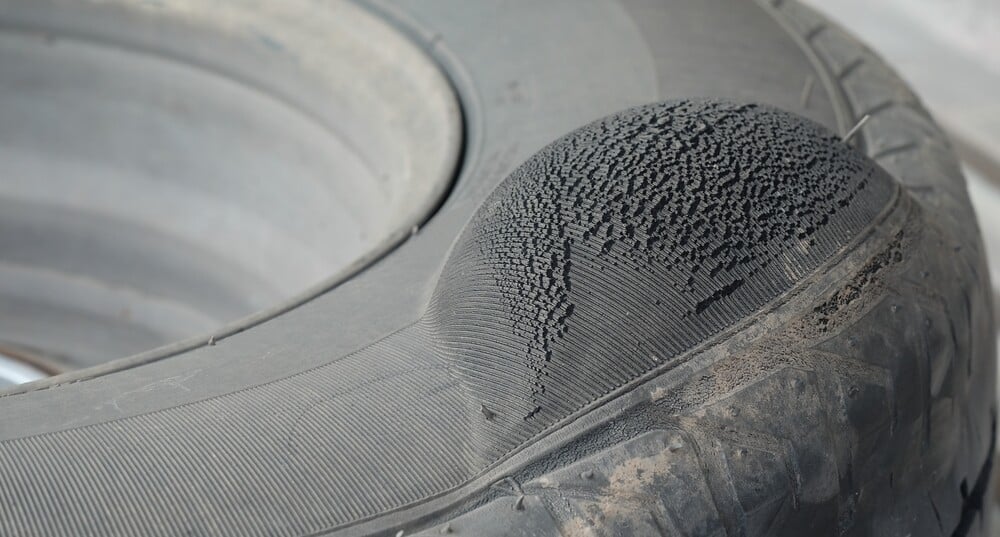
A damaged tire sidewall that reaches the threads should never be repaired because it damages the tire’s whole structure.
If the tire’s sidewall has a bubble, that is not fixable either, and small punctures should also not be repaired.
The only time you can glue together tire sidewall damage is if it is an extremely shallow scratch that is not reaching the threads.
However, if the scratch or damage is this shallow, there is no point in gluing it either, so I would say that you should never repair tire sidewall damage.
RELATED: Can You Patch a Hole in the Sidewall of a Tire?
Causes of a Tire Sidewall Damage
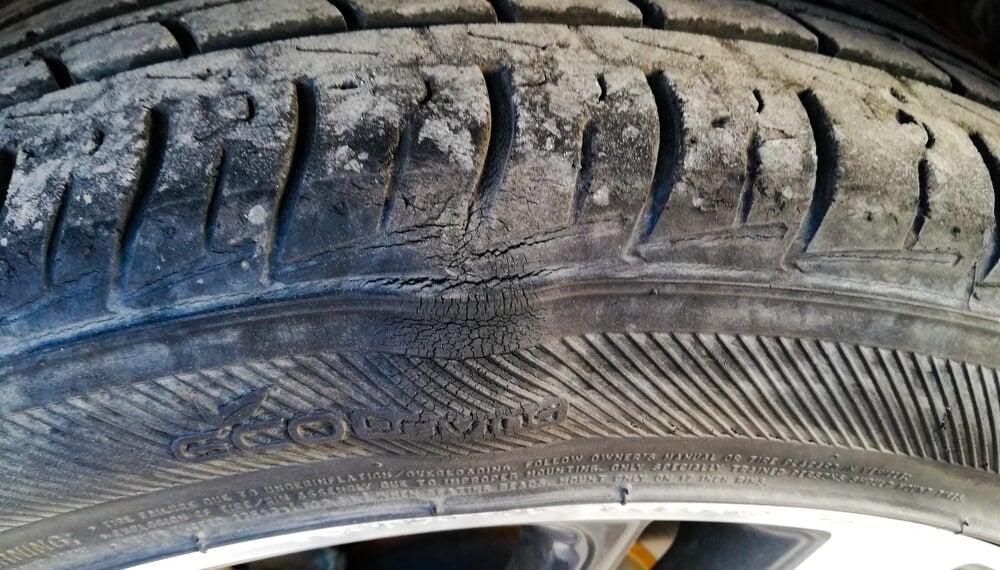
There are a lot of things that could cause tire sidewall damage. Usually it will be because of sharp objects that you hit with the sidewall of the tire by accident. It can also be caused by age or driving around with too little air pressure in the tires.
Here are some common causes of tire sidewall damage:
- Hitting a curb
- Under-Inflation
- Potholes
- Sharp objects
- Age
- Overload
- Manufacturing defects
Can you replace just one tire?
If you change the tires on the drive wheels, you should change both tires because the different tire diameters will stress the transmission.
If you replace the tires on the rear of a front-wheel drive car, however, you can replace just one tire.
If you have a 4WD car, it is always recommended to replace all four wheels because different tires diameters can cause stress to the differential or transmission. The best way to find out is to ask your authorized dealer if you can replace just one tire on your specific car model.
Is A Tire Sidewall Damage Covered Under Warranty?
No. Tire sidewall damage is usually considered self-inflicted damage and not a manufacturer problem, and is therefore not covered under warranty in most cases.
But if you want to be sure, you can always ask or read your warranty documents carefully. There are sometimes cases where you have a special car warranty.
How thick is the sidewall of a car tire?
A car tire typically has a sidewall that is between 1/4″ to 5/8″ (5 to 15 mm) thick. However, this can vary depending on the specific tires that are being used. Some tires may have thicker or thinner sidewalls, depending on their design and intended purpose.
For example, race car tires often have very thin sidewalls to help improve grip and handling. Likewise, some off-road tires may have thicker sidewalls to help protect against punctures from rocks or other debris.
How much tire sidewall damage is OK?
Tire sidewall damage is never OK. A bulge or tear in a tire’s sidewall means that the internal tire structure has been compromised, and the tire should be replaced immediately. Driving on a tire with a damaged sidewall can cause it to blow out, resulting in a serious accident.
Tire sidewall damage means there is a cut, puncture, or another form of damage to the tire’s sidewall. It’s not recommended to drive without replacing your tire if you have tire sidewall damage, and you should not attempt to repair damage to the sidewall of the tire, either. The sidewall is an important part of the tire’s structure, and if it is repaired, it can affect the handling of the vehicle or even cause a tire blowout, which can lead to an accident.
Tire sidewall damage can be caused by many things, but the most common cause is from hitting a sharp curb or pothole.
If you have sidewall damage on a tire, I would recommend having it replaced as soon as possible by a qualified mechanic. Don’t try to save money on repairing sidewall tire damage, it’s not worth it!
Learn more:
- Nail in Tire – What to do & Is it safe to drive with?
- Is It Safe to Drive on a Tire with a Bubble?
- Screw in Tire – What to Do & Is it Dangerous to Drive With?
Categories: Tires
